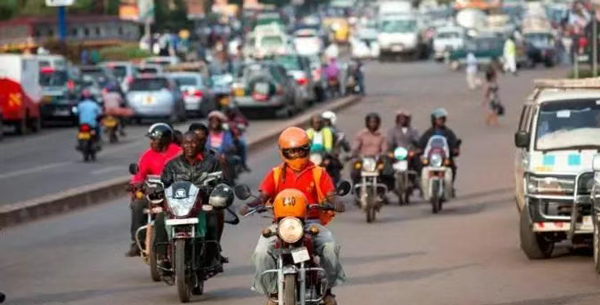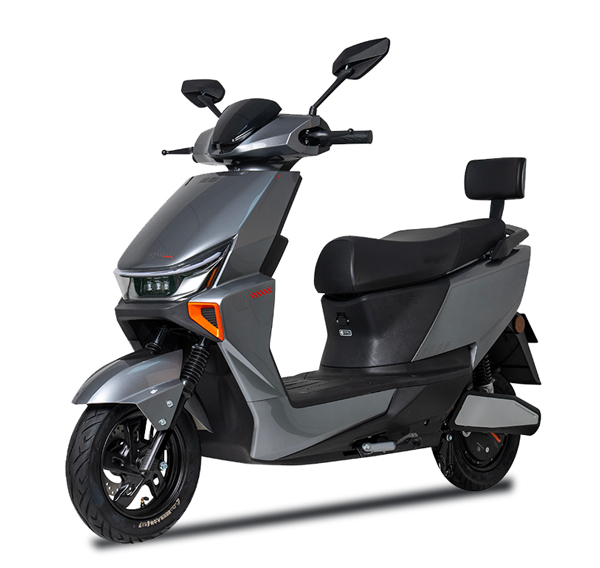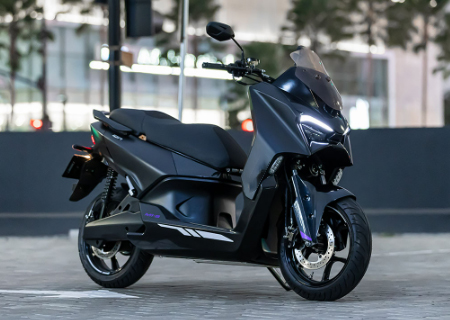世界の二輪車の潜在市場と発展途上国における電動化の機会
Aug 13, 2025世界の二輪車の潜在市場と発展途上国における電動化の機会

世界の二輪車の潜在的ユーザー基盤は20億~25億人と推定されており、これは世界人口の約3分の1に相当します。電動二輪車の発展途上国への普及は、新たなビジネスチャンスとして浮上しています。
最近、ある国内企業がモビリティ部門の海外管理職と電動バイクのプロダクトマネージャーを募集し、注目を集めています。関係者によると、この企業は社内でインキュベートされた電動バイクプロジェクトを3年近くにわたり静かに開発しており、アフリカと南アジア市場に焦点を当てているとのこと。
世界的な電動化の波を背景に、二輪車は発展途上国における電動化の主流となっています。例えば、南アジアや東南アジアでは、電動二輪車の開発が長年にわたり進められており、熾烈な競争が繰り広げられています。業界では、発展途上国における二輪車の電動化は、サプライチェーン全体にわたる企業にとって、海外展開の新たな機会を生み出しているという認識が一致しています。
一部の企業の市場展開は、アフリカにおける電動二輪車のビジネスチャンスに注目を集めています。アフリカ市場において、二輪車の重要性はスマートフォンの普及に匹敵します。需要は高いものの普及率は低く、ブルーオーシャン市場の起点となっています。一部のアフリカ諸国では、政策支援によって電動化の「スタートボタン」が押されています。
ルワンダ政府は2024年末、首都キガリで2025年から燃料バイクの新規登録を禁止し、新規登録車両はすべて電動バイクにすることを義務付けると発表しました。また、50kmごとに1カ所ずつ、合計200カ所以上の充電ステーションを整備する計画に加え、民間企業による完成車、動力システム、充電設備の現地生産への参入を促進するための財政支援を含む全国規模の支援計画も策定しました。
ルワンダだけがこの取り組みを行っているわけではありません。ケニアは2023年に、地元のEVスタートアップ企業と提携し、電動バイク120万台の販売促進と、3,000カ所以上のバッテリー交換・充電ステーションの設置を発表しました。ウガンダもバイクの電動化代替計画を推進しており、車両の購入とバッテリー交換の両方に補助金を提供しています。
多くの政府の政策文書は、電動バイクを輸送部門における排出量削減とエネルギー転換の重要な推進力として明確に位置付けており、クリーンな輸送インフラ開発の優先プロジェクトとして挙げています。

欧州や米国ではスマートな四輪EVに注力している一方、アフリカ、南アジア、東南アジアなどの発展途上地域では、二輪車が電動化の主力車両として乗用車を追い抜いています。これは複数の要因によるものです。
アフリカ諸国に先駆けて、南アジアと東南アジアの二輪車市場も強力な政策支援を受けて急成長した。
lインドの電動二輪車に対する補助金政策により、2023年の販売台数は前年比33.5%増の85万7000台に達した。
lインドネシアは2025年までに180万台の燃料バイクを交換する計画だ。
lベトナムは、税制優遇措置や専用レーン計画を通じて、東南アジアで最高の電動二輪車普及率8.5%を達成した。
今、アフリカはインフラ成長の好機を迎えています。技術面や政策面では東南アジアほど成熟していませんが、「ゼロからイチ」を実現する機会はより多くあります。

発展途上地域では、二輪車は消費財であるだけでなく、重要な生産ツールでもあります。
サハラ以南のアフリカでは、オートバイの保有台数が2010年の500万台から2022年には2,700万台に増加し、その80%以上がオートバイタクシー、物流、都市部と地方間のシャトルバスなどの商用輸送に使用されています。
プロのライダーは通常、1日に50km以上走行し、燃料費は収入の30~40%を占めます。電動化により、ライフサイクルコストを50%以上削減できます。
アフリカの一部の地域では、送電網の普及率が20%を下回っており、バングラデシュでは毎日2~4時間の停電が発生します。四輪車と比較して、二輪車は複雑な地形や電力供給が限られている地域に適しています。
lアフリカ: 高温と粉塵の環境では、優れた熱安定性、密閉性、防塵性を備えたバッテリーが必要です。
l東南アジア: 湿度が高く、雨期が長く、道路状況が複雑なため、耐水性、耐衝撃性、長寿命を備えたバッテリーが必要です。
送電網のカバー範囲が不安定または限られている地域では、コスト効率と適応性(ハイブリッドバッテリーソリューションや低電力充電への対応など)のバランスを取る必要があります。バッテリー交換モデルはここで非常に有利であり、事業者によっては、わずか数カ所の交換ステーションで数千人のライダーにサービスを提供できる場合もあります。
高強度の使用には、急速充電機能、長サイクル寿命、高出力を備えたバッテリーが必要です。例えば、20分で80%まで充電できるバッテリーや、運用効率を大幅に向上させる軽量・高放電モジュールなどが挙げられます。
現地生産工場を建設することで、関税や物流コストを削減し、サプライチェーンを短縮し、市場への対応力を向上させることができます。
ユーザーはバッテリーのメンテナンスと交換の容易さと適時性を優先するため、発展途上市場で成功するには、確立されたオフラインのアフターセールス ネットワークが不可欠です。
複数の国にまたがる統合された研究開発、生産、販売、運用ネットワークを構築することで、企業は海外収益のシェアを拡大し、サプライチェーンの回復力を強化することができます。